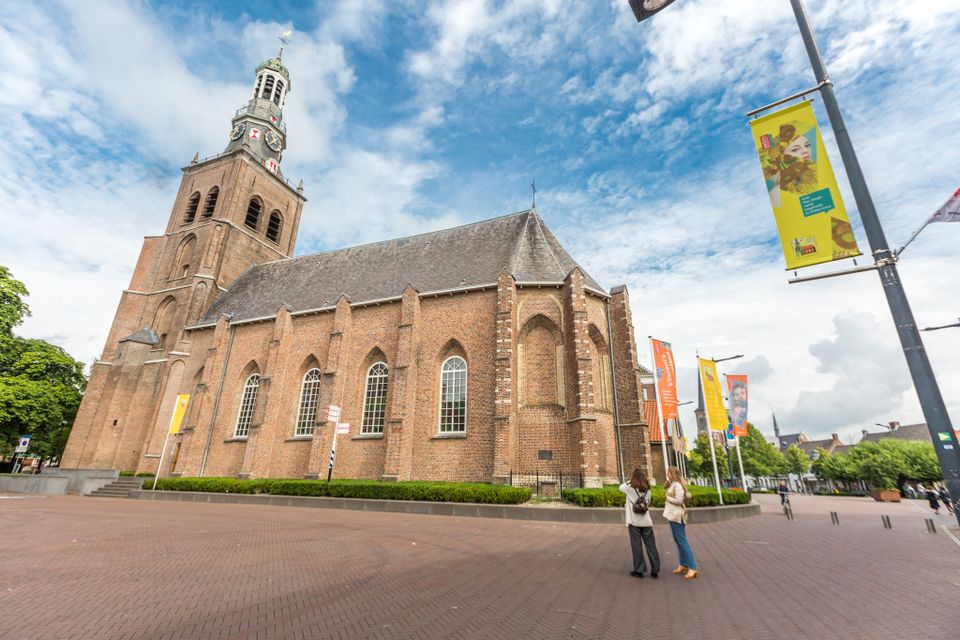Van Gogh Church sold to Van Gogh Sites N
Van Gogh Church Etten-Leur sold to Van Gogh Sites NV with support from the province of North Brabant
There is, as far as the college of the mayor and aldermen of the Municipality of Etten-Leur is concerned, a nice end to the many talks about the sale of the Van Gogh Church. The municipality of Etten-Leur is selling the church to Van Gogh Sites NV with the help of the province of North Brabant. With this, the cultural Van Gogh Church heritage will remain protected and preserved. It is also a great opportunity to put Etten-Leur even better on the cultural map.
Conditions for sale
With a motion in December 2021, the city council instructed the college to sell the church and theOude Raadhuis. One of the conditions it set was that the appearance and appearance be preserved. The earlier proposal for sale did not make it through because of finances. In a letter to the city council, the college announces the new proposal. Alderman Schouw: ''Together with Adriaan van Bergen, Van Gogh is one of the figureheads of Etten-Leur. The sale of the church to Van Gogh Sites NV is a great opportunity to put us even better on the cultural map.''
New proposal
Consultations were recently held with the province of North Brabant, during which the province once again called attention to the sale of the church to Van Gogh Sites NV. The new proposal states that the NV is willing to buy the church and verger's house as yet for the Vincent van Gogh experience, partly made possible by provincial funds.
Van Gogh in Etten-Leur
In the former Dutch Reformed Church, also called the Van Gogh Church, Vincent's father was pastor for seven years from 1875 through 1882. During that time, the Van Gogh family lived in Etten-Leur. During that time Vincent received his first studio (1881) at the age of 28. It was also in Etten that he first registered as an artist. A turning point in his life and the beginning of his career.
Old Council House
The sale of the Old Council House (initially it was a package deal) is now continuing separately from the church. The premise is that the front of the monumental building (also a Van Gogh Monument due to the fact that Van Gogh registered as an artist here for the very first time) would remain unchanged. Only the rear of the building (built in the 1960s) would be allowed to make changes. Thus, the facade, steps and entrance should be preserved.
